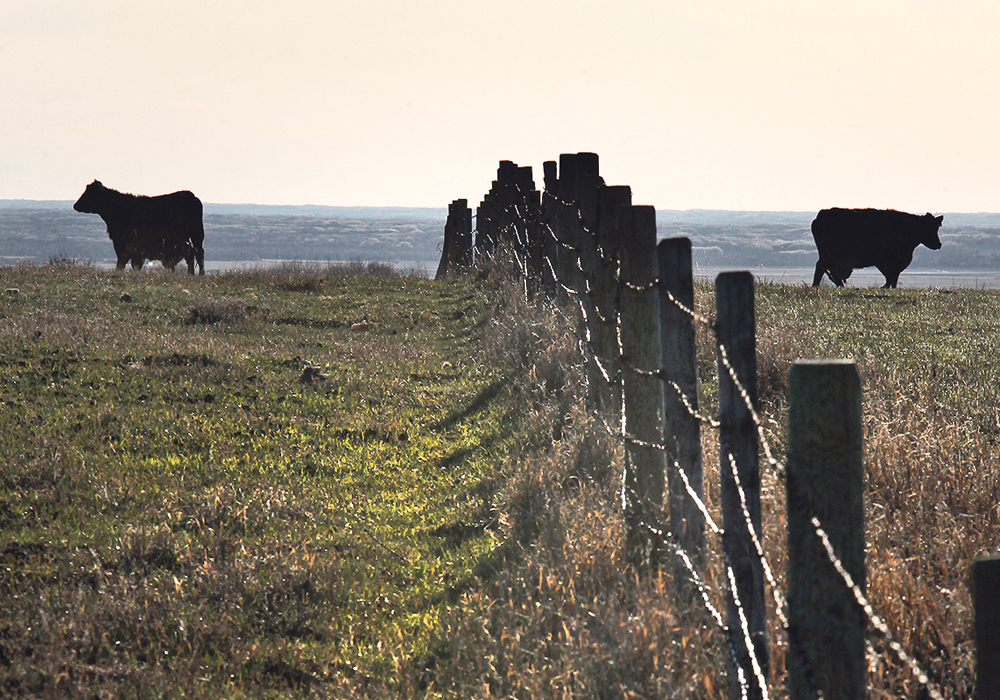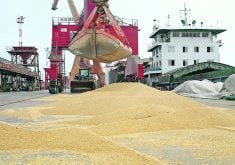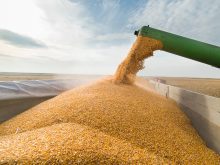The United States, China and Japan are the major markets as exports increase by 24 percent and value jumps 40 percent
WILLIAMS LAKE, B.C. — Canada is turning in a gold medal performance when it comes to beef exports.
About half of what is produced here leaves Canada, and year-to-date figures show a 24 percent increase in export volume and 40 percent jump in value, said Brian Perillat, senior market analyst with Canfax.
“There is no better market in place when you sell more product for a higher price,” he said at the British Columbia Cattlemen’s Association annual meeting held at Williams Lake May 23-25.
Sales to Japan have doubled since tariffs started to come down thanks to the Comprehensive and Progressive Agreement for Trans-Pacific Partnership.
Read Also

Defence investments could benefit agriculture
A bump in Canada’s NATO spending commitments could lead to infrastructure investments that would benefit rural areas
The United States, Japan and China are Canada’s top three beef customers.
At home things are not quite as rosy.
While the U.S. has had tremendous growth in live animals and beef production, Canada’s herd remains unchanged. The most recent census shows Canada’s herd is the smallest since 1991.
Continuing drought in the West could push the decline even further. About 500,000 heifers have been kept back for breeding and that is not enough to replace the cows that have been slaughtered.
Yet feedlots are full and packers are operating at near capacity. The sector is also rebuilding in southern Alberta with new lots being built and feed yards that have stood idle opening again.
There may be fewer animals, but they are productive.
Steer carcass weights are at 920 to 930 pounds.
However, feedlots without risk management plans in place are losing money at a rate of $200 to $300 per head this summer.
Ironically, they continue to import calves from the U.S. Most are lower priced dairy calves that became available because of procurement issues in the U.S.
Last year, 180,000 entered Canada at a time when Western Canada had the strongest prices in North America.
Consequently, there is more beef on the market with improved consumption, and demand is holding.
Prices to producers are lowering. Perillat predicts fed cattle could trade at $130 per hundredweight by fall after a high of $160 per cwt. Calf prices should be stable at $2 per lb.
When feedlots are in the red, buyers are less eager to pay more for calves.
There may be some hope if feed barley is cheaper in the event of a declining loonie. Currently, Lethbridge barley is $270 per tonne. If canola markets falter due to the Chinese ban, more barley and oats may be planted and ease prices.
A wild card in the market may be the domino effect of African swine fever in China. Firm data is elusive, but 10 to 20 percent of Chinese pork production could be lost to the deadly disease. China may import more meat so it will be worth watching to see how the global protein market responds.
“Almost half the pigs in the world are in China. If we lose 20 percent of Chinese pig production, we are talking 10 percent of the global pork production, possibly more than that,” said Perillat.
“This is probably the biggest meat industry supply factor to hit the global meat market in a long time,” he said.
















